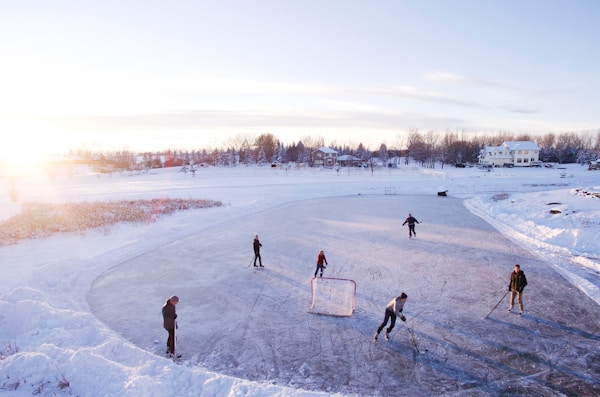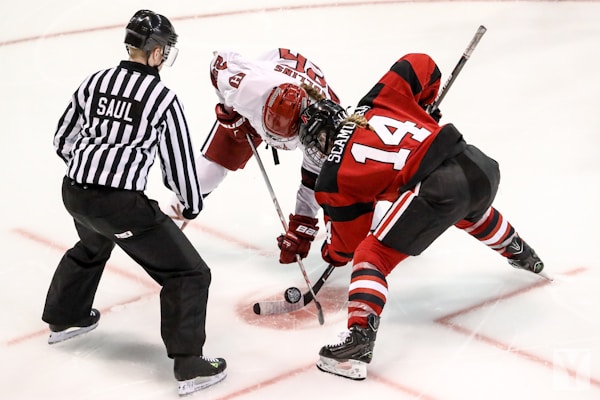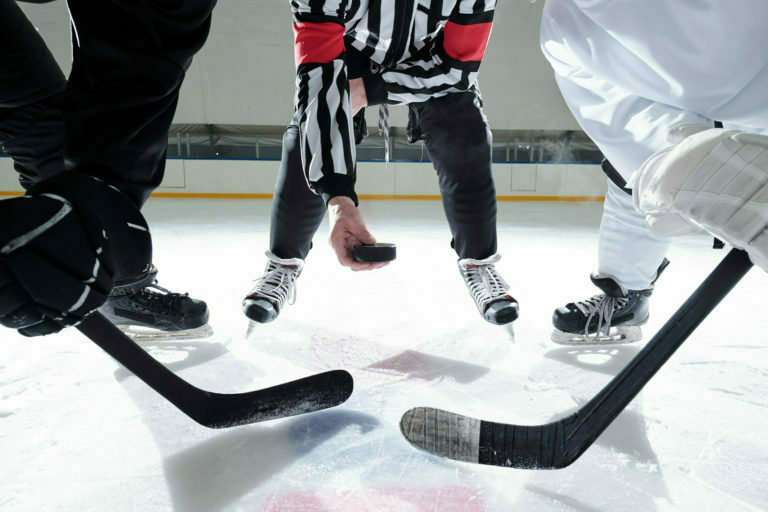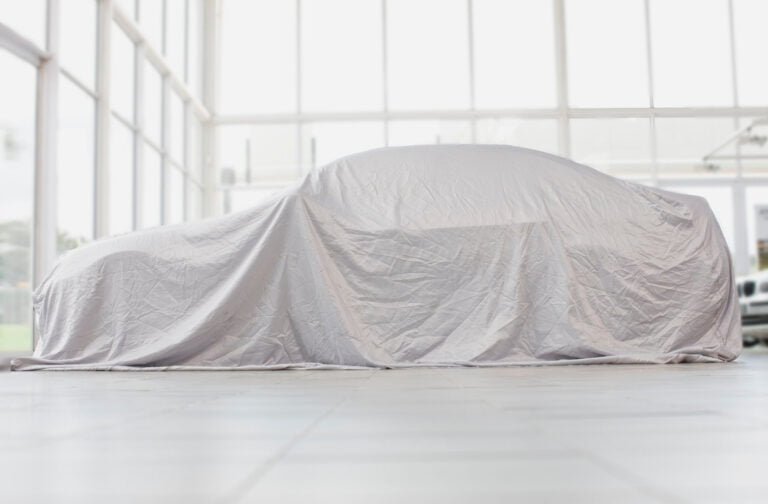Hockey is a sport that is played on ice. There are two teams of players, and the object of the game is to score more goals than the opponent. Players use sticks to hit a puck around the ice and can score by shooting the puck into the opponent’s goal. Hockey is a very physical sport, and players can be hit with the puck or with their opponent’s bodies.
Before getting on the ice, every professional hockey player must know the rules like the back of one’s hand, especially NHL players. Keep reading to learn more about the rules of hockey and how the game is played, and you’ll be skating like world-class athlete Jacob Panetta in no time!
The Basics

There are a lot of basic hockey rules that all players need to know in order to play the game properly. Here are some of the most important rules to keep in mind. Hockey is a contact sport, and as such, physical contact is allowed and encouraged. However, there are limits to how much contact is allowed (an extreme gesture is not allowed), and players must always play safely and within the rules.
There are three basic types of penalties in hockey: minor, major, and match. A minor penalty results in a player being sent to the penalty box for two minutes. A major penalty results in a player being sent to the penalty box for five minutes. A match penalty results in the player being ejected from the game.
Bodychecking is a type of physical contact that is allowed in hockey. It is used to separate an opponent from the puck and must be done in a way that is safe for both players.
There are three basic types of shots in hockey: wrist shot, slap shot, and backhand shot. Each shot is used for a different purpose, and players must know how to execute each shot properly in order to be successful.
A player cannot carry the puck into the offensive zone. They must either pass or shoot the puck into the zone in order to gain possession. A player cannot enter the offensive zone before the puck. If they do, they will be called for offsides and the other team will gain possession of the puck.
There are two basic types of faceoffs in hockey: offensive zone faceoffs and defensive zone faceoffs. Offensive zone faceoffs occur when a player commits an offensive zone infraction. Defensive zone faceoffs occur when a player commits a defensive zone infraction.
Lesser-Known Rules
There are a lot of hockey rules that people may not know about. Here are some of the most important ones:
- The puck must always be moving.
- Players cannot hold the puck for more than two seconds.
- Players cannot skate with the puck for more than two seconds.
- A player cannot cross the red line into the other team’s zone unless they have the puck.
- A player cannot shoot the puck from their own zone.
- A player cannot leave their feet to make a hit.
- A player can only make two checks per shift.
- A player cannot cross the center line unless they have the puck.
- A player must always be in control of the puck before they can pass it.
- A player can only have their stick in the offensive zone for three seconds at a time.
Referee

The role of the referee in hockey is a critical one. They are responsible for ensuring that the game is played fairly and according to the rules. They also have the authority to make decisions that can affect the outcome of the game.
Referees must be able to make quick and accurate decisions. They must also be able to stay calm under pressure.
There’s a reason hockey is one of the most popular sports in the world, and that’s because it’s a ton of fun. Whether you’re a seasoned veteran or a newbie just trying to figure out the game, if you follow the rules above, you have a great time playing hockey.






